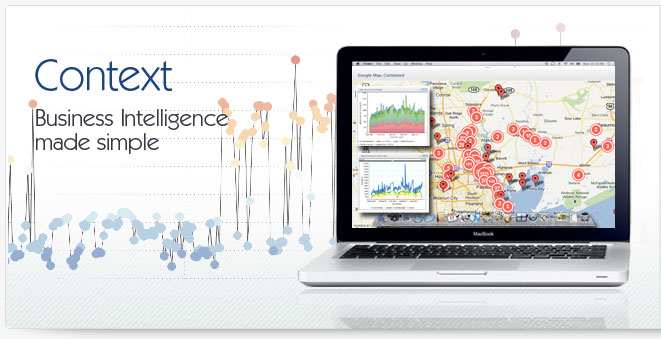Business Intelligence ETL
Any business intelligence system, whether it be cognos, business objects or any other BI tool, relies on data that originates in production systems to do its job. Business intelligence etl stands for business intelligence extract transform and load, the process of taking data from those production systems and making it available to the BI platforms. With typical systems business intelligence etl involves the process of taking data from production systems and storing it using data warehousing in order to provide to the BI platform a more compact, more readily available and optimized set of data for reporting and analytics. In this regard, business intelligence etl allows companies to get best use from their BI platforms.
Traditional Business Intelligence ETL
In traditional business intelligence etl the process of sending data to data warehousing systems involves using business intelligence etl to create maps that will extract data from production systems (like ERP) and sending that data to a standardized database (like SQL). Through this process business intelligence etl uses data warehousing to solve two fundamental problems for BI: first, the data present in production systems is usually not set up for reporting by tools like business objects and key "fields" must be selected and exported. The second problem business intelligence etl solves is that of performance. Reporting products can at times cause a heavy workload on production systems; through business intelligence etl data is exported from production environments on a set schedule and saved in a warehouse that can be accessed by business intelligence etl reporting software whenever users need it without impacting production systems.
Modern vs. Traditional Business Intelligence ETL
Modern approaches to business intelligence etl have recognized that the traditional approach has two fundamental problems. The first problems of traditional business intelligence etl is cost. Because business intelligence etl sends all necessary data to a "middleman" (data warehousing), the creation, maintenance and operation of the middleman is an added cost. Traditional business intelligence etl also does not allow for what's known as "real time reporting." Because of how traditional business intelligence etl works the data is often transferred from production systems to data warehousing ones in large batches at set intervals, usually at night. Modern approaches to business intelligence etl build the business intelligence etl functionality inside the business intelligence software allowing for lower cost of operation and for real time data delivery.
Challenges of Modern Business Intelligence ETL
Modern business intelligence etl approaches have their own set of challenges. The biggest being potential impact on performance. In order for a modern business intelligence etl methodology to work, the business intelligence etl tool must provide for ways of controlling how much data is retrieved from production systems and when that data is retrieved. Modern business intelligence etl tools like EMANIO Context! allow system administrators to create multiple connections to production systems, each with its own data flow controls and "refresh" rates. Through this type of business intelligence etl methodology an administrator could create a small data view that provides data in real time only fro fields that are not likely to impact daily performance negatively.
Business Intelligence ETL & Data Warehousing
There are, however, instances when business intelligence etl solutions should provide data warehousing connections even in modern implementations. In these instances business intelligence etl can be accomplished in a number of ways, either through the use of business intelligence etl mapping tools like EMANIO's Unite! business intelligence etl application, or through the use of "connector" applications that use business intelligence etl to transfer data from a production system to a data warehousing one in batches.
|



